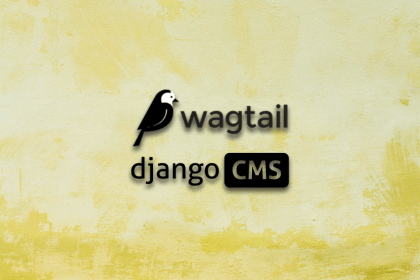
Selecting a CMS for Django can be challenging. Two popular options are Wagtail and Django CMS. Let’s explore their features, pros, and cons.
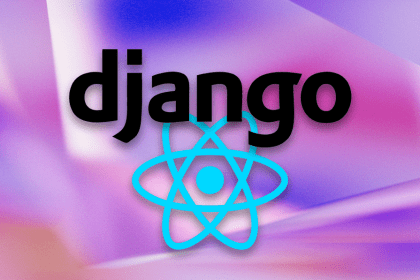
Create a dynamic demo blog site using Django and React to demonstrate Django’s server-side functionalities and React’s interactive UI.
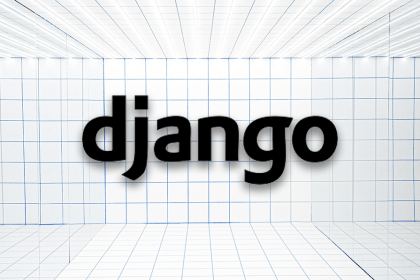
Use the Django REST framework to create powerful APIs for your web application, handling user login and authentication.
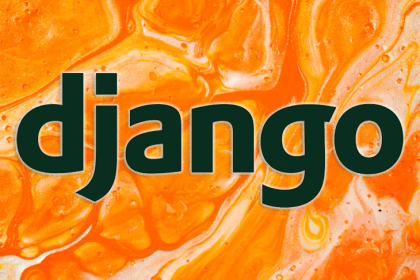
By default, the Django admin interface provides only a list view of data, but, sometimes, it’s helpful to display data in a graphical format using a chart.
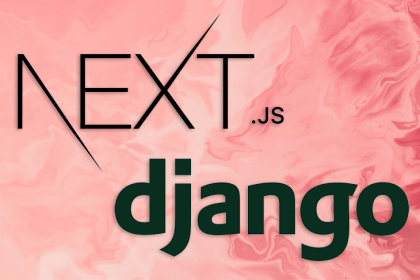
Both Next.js and Django can efficiently handle a web application’s frontend and backend sections. Therefore, it’s unsurprising that this combination has a few use cases.
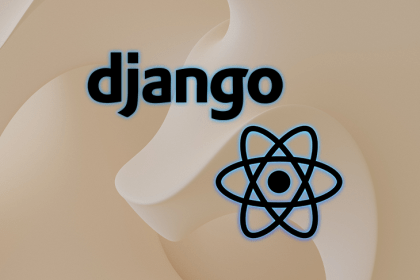
Learn how to integrate React with Django, create a simple CRUD API with the Django REST framework free from common CORS issues, and more.
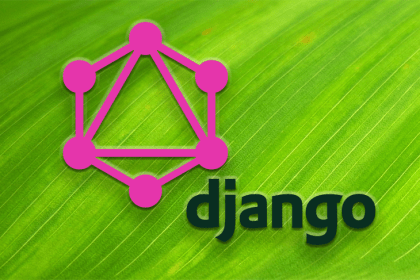
Django with GraphQL can be more powerful and extensible than Django with REST API. View a samlpe Django and GraphQL project with Graphene.
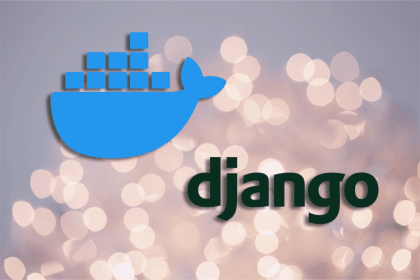
This short guide, filled with tips and tricks, will walk you through how to set up a Django project with Docker.

Learn how to build a powerful, full stack web app with Vue.js and Django REST framework using this in-depth guide and example build.
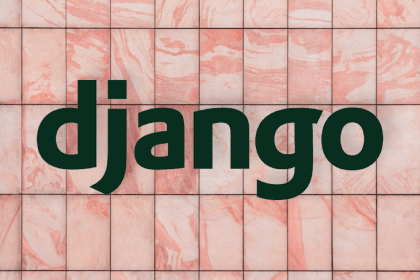
Explore some of the new features in Django v4.0, as well as some of the older third-party versions that have been removed.
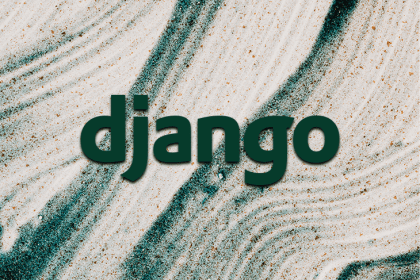
By working closely with Django migrations to manage a SQL database, you can learn how to troubleshoot costly mistakes.
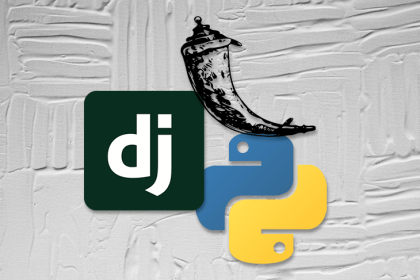
Webhooks are HTTP endpoints that are triggered when an event occurs. Learn how to receive webhooks in both Flask and Django.